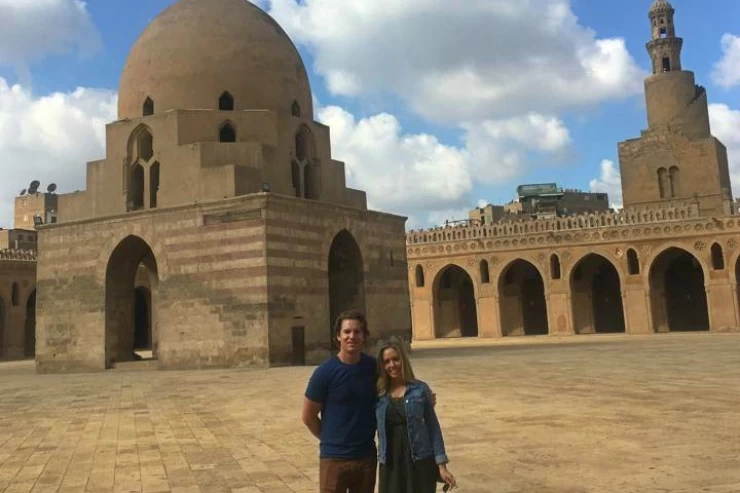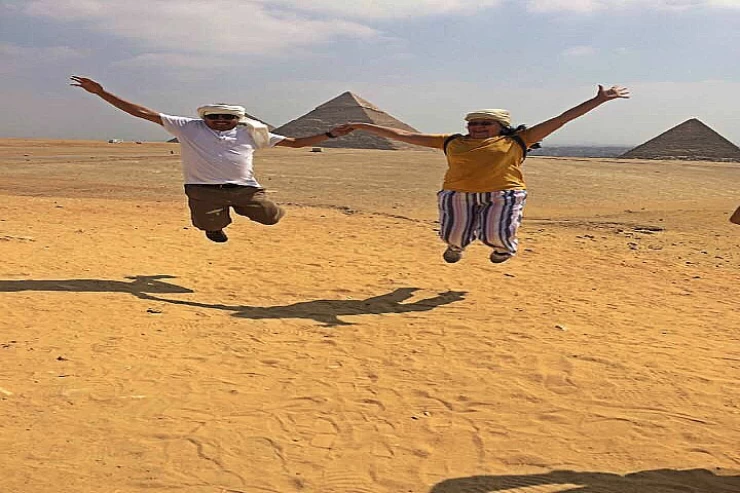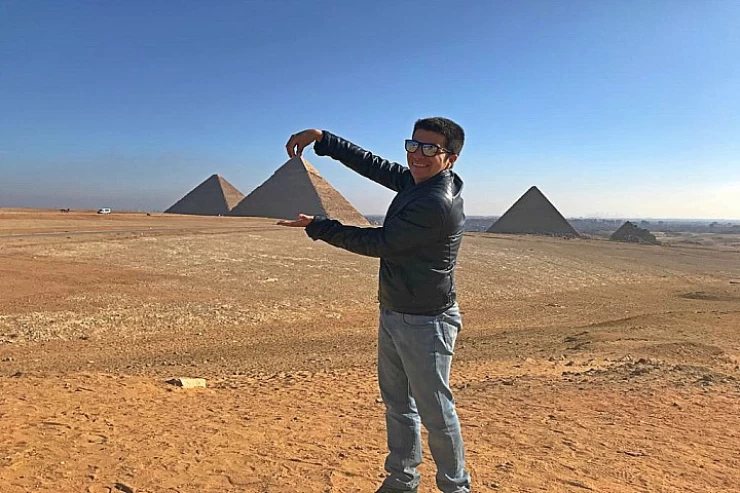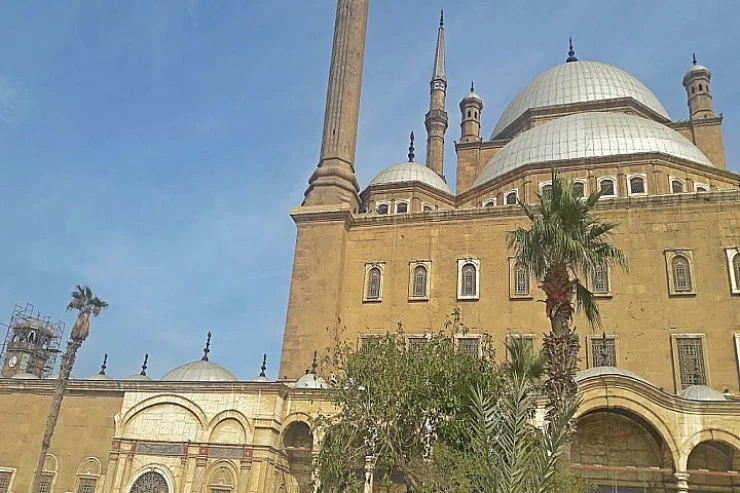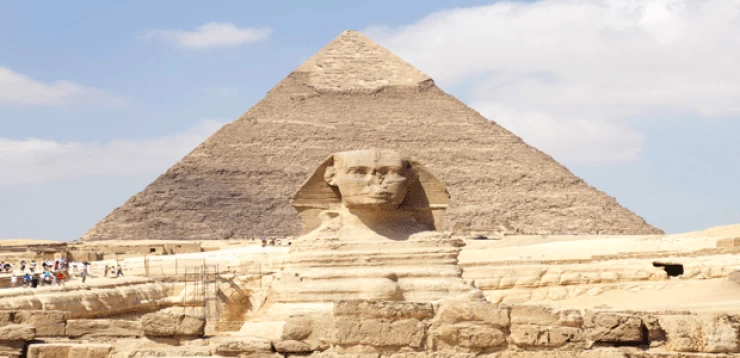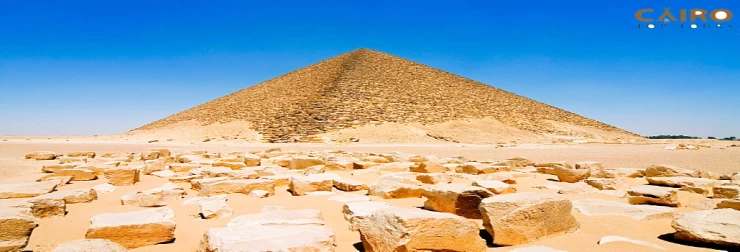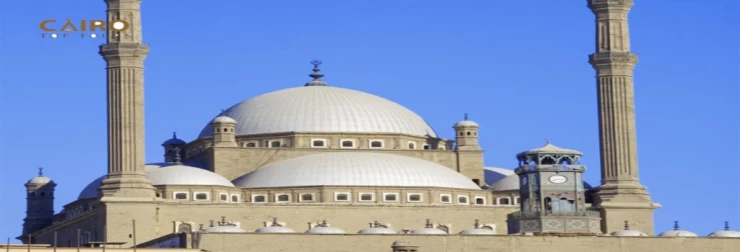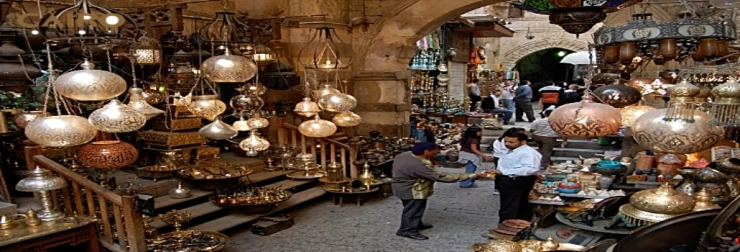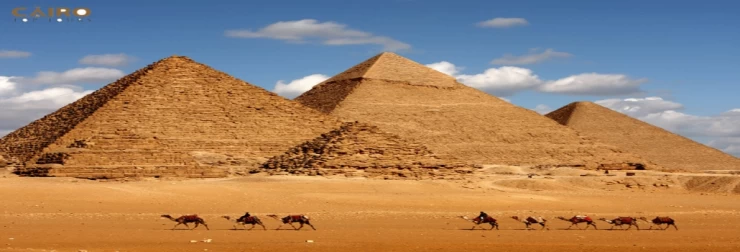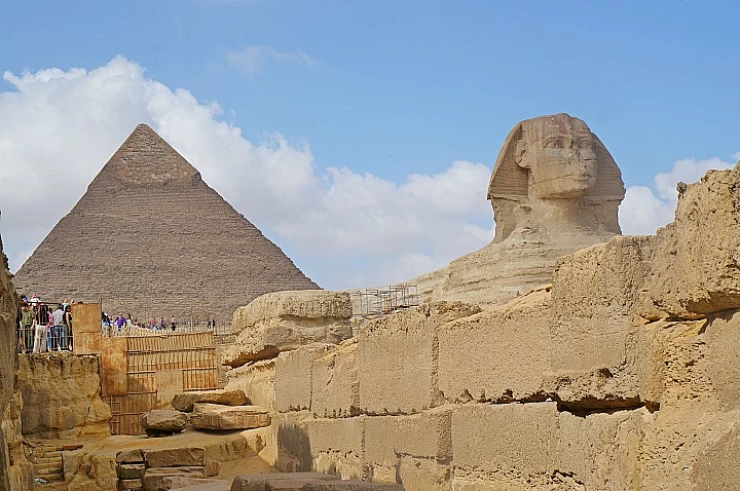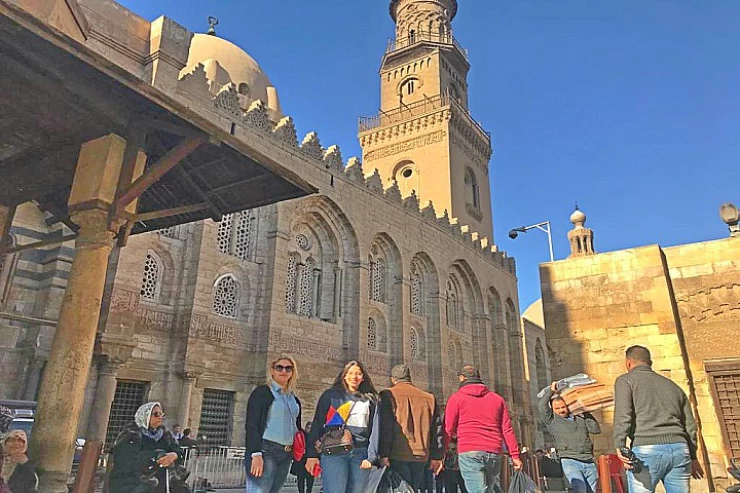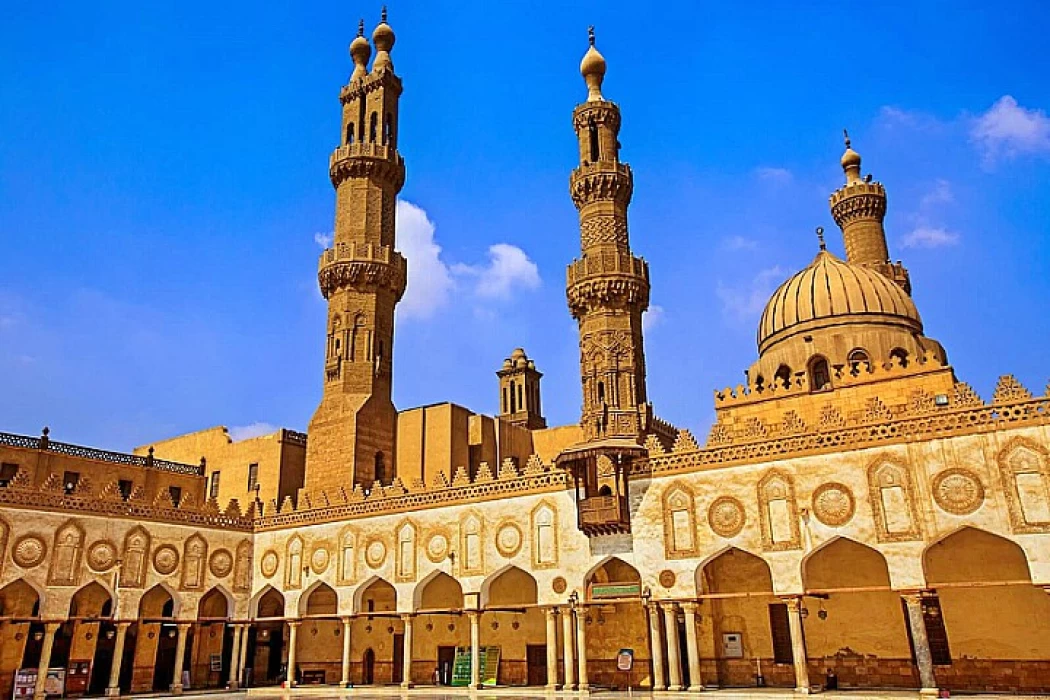
Islamic Cairo
Cairo, Egypt, designed in an Islamic fashion.
Cairo is a city that never sleeps. In order to understand Cairo, one must consider the person responsible for building it and the motives behind its creation.
Gawhar el Saqalbi established Cairo while the Fatimids conquered Egypt Tours. Upon his attempt to conquer Egypt, Caliph el Moaz ordered his vizir Gawhar to maintain security in the region. Subsequently, Gawhar converted Egypt into the new capital where families could live apart from the local inhabitants. During el Mostanser's rule as the Fatimid Caliph, his advisor Badr el Din el Gamally upgraded the city's wooden doors to a new stone gate in order to fend off potential attacks from the public. Even though some of the Fatimid walls have deteriorated, there are still many artifacts and lovely mosques that line the historic streets of Al-Qahirah. Islamic Cairo stands out from other ancient areas by staying lively within the city and being a common destination on all day trips in Cairo. Palaces and official buildings were constructed in Al-Qahira during its initial founding, and after a siege in the 12th century, the people of Cairo moved to the fortified city and have remained there ever since. Even though the structures are decaying and infrastructure is in progress, Islamic Cairo is regarded as one of the more advanced sections of the city.
Old Cairo
Islamic-related attractions in Cairo
Navigating through Islamic Cairo can be a difficult task. The expansive region covers the ancient Fatimid city, stretching all the way to The Citadel of Saladin and the Mosque of Ibn Tulun in the south. These narrow alleys are filled with a variety of sites, both large and small, that hold importance. Additionally, this area is busy with commercial and residential activity. Getting around Islamic Cairo can be quite challenging. There are many different ways to spend money.
Latest Articles
Admin
Aswan Governerate in Egypt
Aswan was known as ‘Sonu’ in ancient Egyptian times, meaning market, as it was a trading centre for caravans coming to and from Nubia. In the Ptolemaic era, it was called ‘Sin’ and the Nubians called it ‘Yaba Swan’. It was also known as the Land of Gold because it served as a great treasure or tomb for the kings of Nubia who lived there for thousands of years. Before the migration, Aswan's borders extended from Asna in the east to the border of Sudan in the south, and its inhabitants were Nubians, but after the Islamic conquest of Nubia, some Arab tribes settled there.
Admin
About Luxor Governorate in Egypt
The South Upper Egyptian area is home to the Egyptian governorate of Luxor. Its capital is Luxor, which was formerly Thebes, the capital of Egypt throughout multiple pharaonic eras. Its centers and cities are spread over both sides of the Nile River. The said governorate was established by Presidential Decree No. 378 of 2009, which was promulgated on the 9th of December of that year.
Admin
History of kafr El Sheikh Governorate
Kafr El Sheikh Governorate, located in the far north of Egypt in the Nile Delta, overlooking the Mediterranean Sea, is characterised by the diversity of natural life and environments, and is one of the Egyptian cities that can be visited after the end of the first semester exams at universities and schools, as it features many diverse tourist and recreational places at symbolic prices within everyone's reach.
Admin
Egypt's New Administrative Capital
The New Administrative Capital is considered the project of the era because it reflects a perfect image of the future and progress on the economic, cultural, social and civilisational level, as the capital is considered the new capital of Egypt at the present time. The importance of the New Capital is that it is a comprehensive transformation of the future of buildings, services and national and mega projects in Egypt.
Admin
Al Gharbia Governorate
The Governorate of Gharbia is inclusive in the geographical area of The Arab Republic of Egypt which is in the African continent, more specifically in the region surrounding the Nile delta, between Damietta and Rashid governance. To the control of the region from the north is Kafr El-Sheikh Governorate, from the south Menoufia Governorate, from the east – Dakahlia, Qalyubia Governorates, and to the west is the Beheira Governorate.
Admin
Hamata Islands (Qulaan Archipelago) in Marsa Alam
Each reserve has several sectors. In Wadi El Gemal Reserve, there is one of the natural areas called the Hamata area or Hamata sector in Wadi El Gemal Reserve. Its sectors are the perfect and most ecological, land and water, and host countless animals and plants found in the oceans and on the land.






